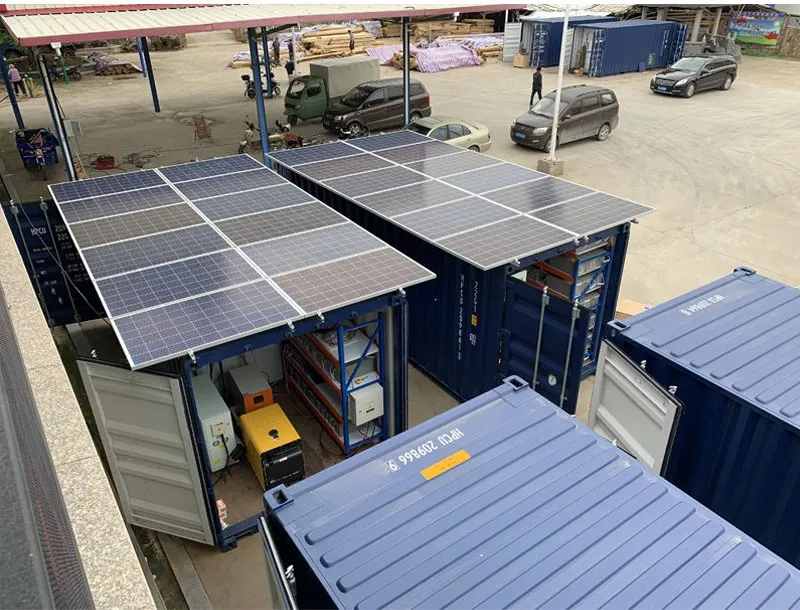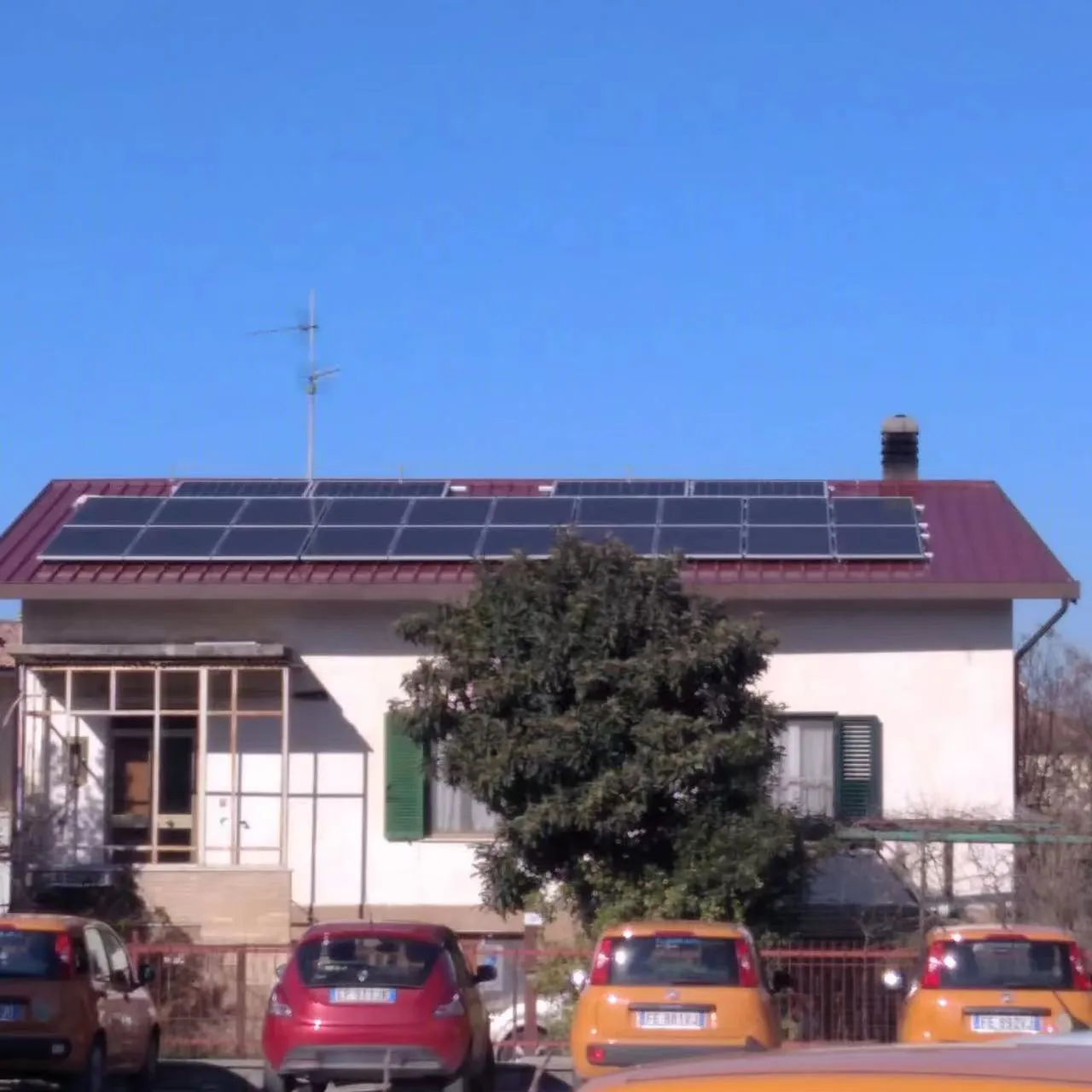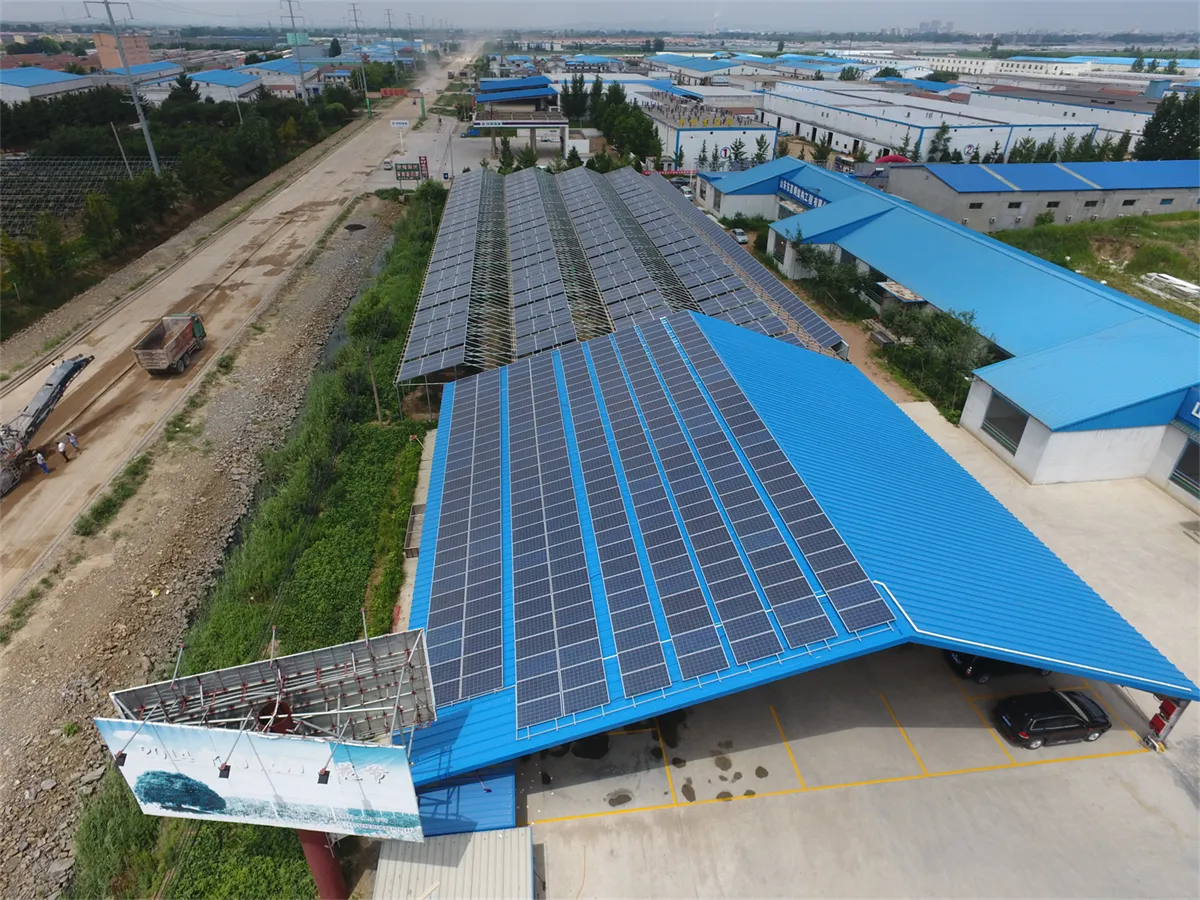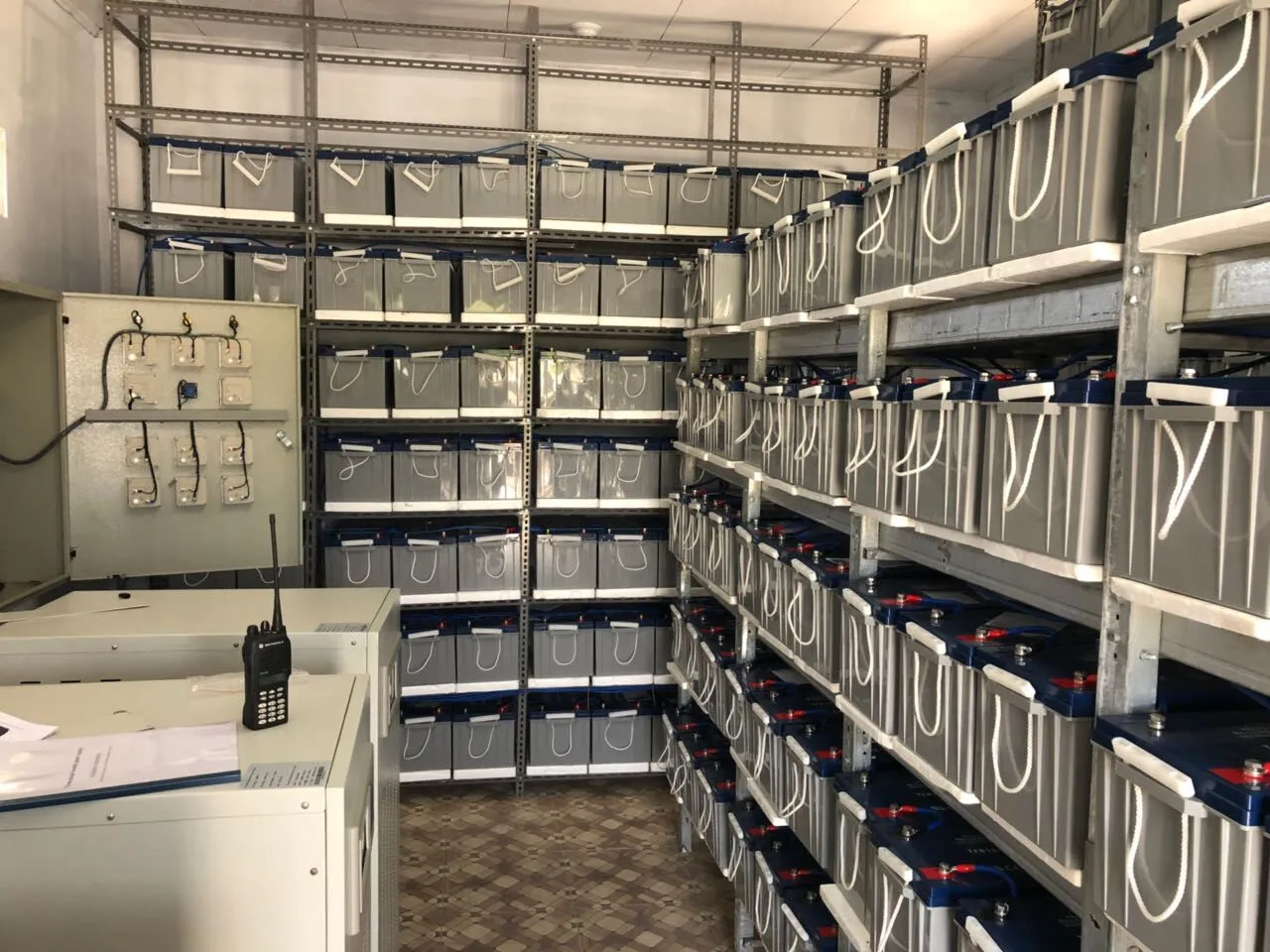
Anti-PID Effect: Key Technology to Ensure Long-term Stable Power Generation from Solar Panels

How breakthrough engineering solves solar's silent killer for sustained energy output
Picture this: You've invested in a state-of-the-art solar array, expecting decades of clean energy. Two years later, your panels are mysteriously producing 30% less power. No physical damage, no visible defects – just vanishing electricity. This isn't science fiction; it's PID (Potential-Induced Degradation), the invisible thief robbing solar farms worldwide.
Anti-PID technology emerged as the hero in this silent battle, rescuing solar investments from premature decay. Unlike antivirus software that protects digital life, Anti-PID safeguards our physical energy infrastructure. It's not just another technical fix; it's the guardian of solar panel longevity.
The Stealthy Saboteur: Understanding PID
PID creeps in like fog – silent, gradual, and devastating. When voltage potential between solar cells and grounded frames exceeds 1,000V, ions start migrating. Sodium ions drift through encapsulation materials, clustering at cell boundaries. What happens next? Partial shading occurs at microscopic levels, creating "invisible clouds" that block electron flow.
"PID doesn't crack panels or leave scorch marks. It operates like termites in a wood structure – unseen until the damage becomes irreversible."
→ Industry Insight:
Field studies show unmitigated PID causes up to 70% power loss within 5 years in high-humidity zones

Anti-PID's Defense Mechanisms
Think of Anti-PID as a multi-layered shield combining materials science and electrical engineering:
- Surface Armor: Anti-PID EVA encapsulants with pH-balancing additives neutralize ionic migration
- Electrical Equalizers: Smart inverters apply counter-voltage during nighttime to reverse ion drift
- Frame Fortification: Anodized aluminum frames create voltage-blocking barriers
- Cell-Level Vaccines: Silicon nitride anti-reflection coatings with enhanced dielectric properties
These layers work synergistically like an immune system. When humidity threatens panel integrity, the encapsulant's scavenger molecules trap sodium ions like antibodies neutralizing pathogens. Meanwhile, midnight voltage treatments act like dialysis, cleansing accumulated charges.

Why Legacy Solutions Failed
Initial PID fixes resembled using band-aids on bullet wounds:
- Grounding Clamps: Created new safety hazards by exposing live conductors
- Insulation Overload: Thicker backsheets reduced heat dissipation, creating hotspots
- Chemical Sprays: Temporary surface treatments washed away in monsoons
True Anti-PID solutions differ fundamentally. They don't fight symptoms; they eliminate root causes. Modern approaches precisely engineer material electron affinities, creating electrostatic "shields" that repel migrating ions without compromising other functions.

The Future: Integrated Solar Guardians
Tomorrow's panels won't need external PID protection – they'll come with built-in immunity:
- Self-diagnostic cells that change color when ion migration begins
- Phase-change encapsulants that stiffen during high-humidity events
- AI-powered inverters predicting PID risk using weather data analytics
Material Evolution: Graphene-enhanced backsheets that actively capture sodium ions while improving thermal conductivity. Field trials show 0% degradation after 3 years in coastal environments.
As we deploy modern monocrystalline solar panels in extreme climates, Anti-PID becomes non-negotiable. Tropical solar farms in Southeast Asia now demand PID-resistant specifications like hurricane zones require impact-resistant windows. This isn't premium technology – it's baseline survivability.
Implementation Insights
Deploying Anti-PID isn't plug-and-play; it requires system thinking:
- Voltage Mapping: Simulate potential distribution across array layouts before installation
- Humidity Buffers: Create drainage corridors in racking designs to accelerate moisture runoff
- Healing Cycles: Program inverters to apply corrective voltages during optimal weather windows
Case in point: A 50MW plant in Florida reduced PID-related losses from 25% to 2% annually by combining PID-resistant panels with predictive voltage compensation triggered by humidity sensors.
Tags:
Recommend Products











